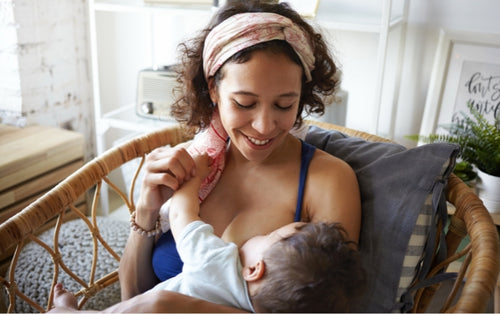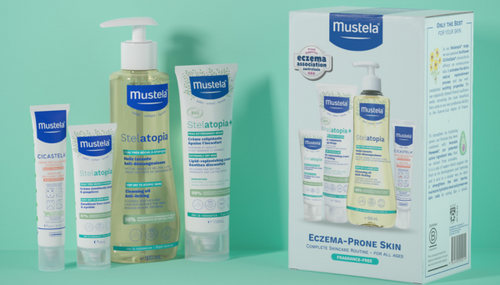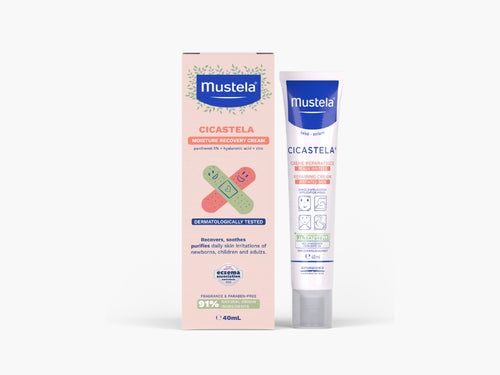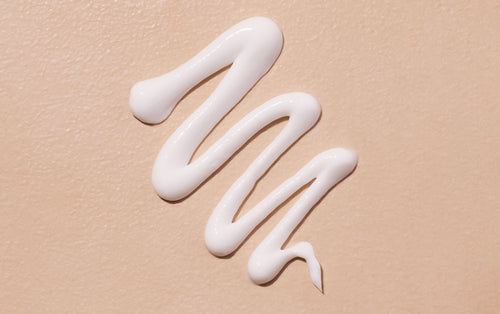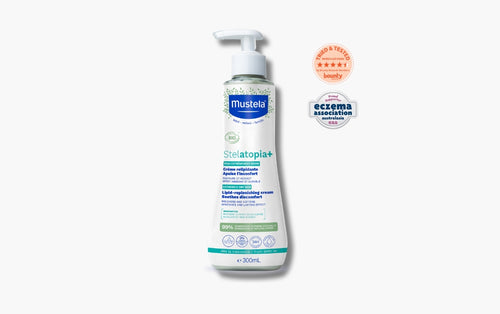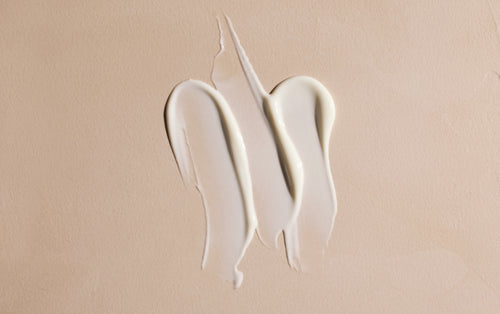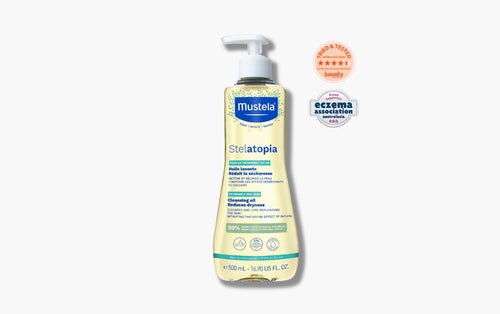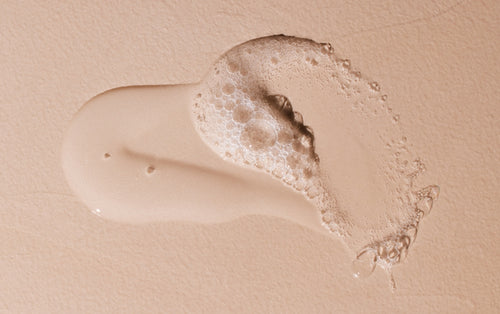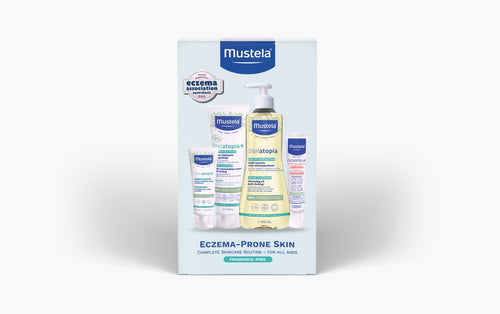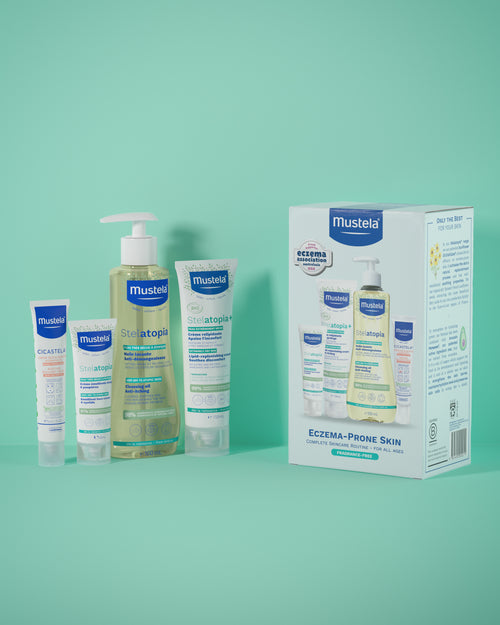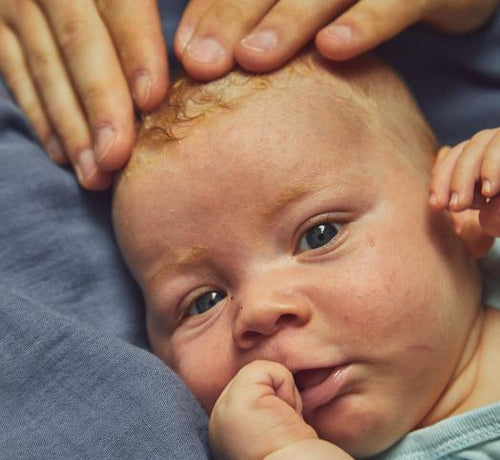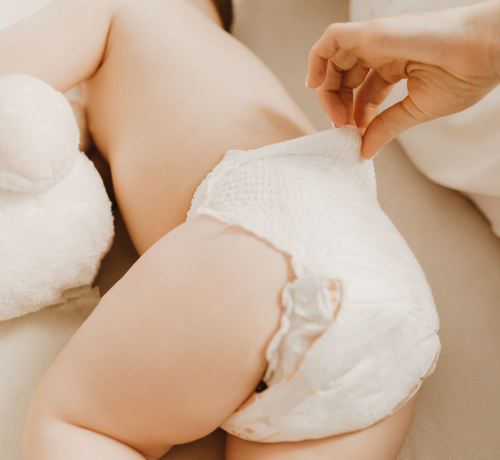What is a Cradle cap?
Cradle cap is a common skin condition in infants, affecting about two-thirds of babies. It typically appears in the first few weeks of life and can last from a few days to several months, often disappearing completely by the age of two. In some cases, it may persist for a little longer, but rest assured, it’s not something to be overly concerned about.
Cradle cap presents as small, rough, yellowish-brown patches that feel a bit greasy. It tends to appear on the scalp but can sometimes extend to the eyebrows or even other areas, like the armpits or bottom. Over time, these patches dry out and naturally form a crusty skin rash, or scales, which will flake off on their own. If your baby loses a bit of hair with the scales, don't worry—the hair will grow back without any issues. Most importantly, while the cradle cap might not look appealing, it’s only on the surface of the skin and doesn’t cause any pain. At most, your baby might experience mild discomfort.
By understanding this condition, you can feel more at ease knowing it’s a normal part of infancy that will resolve on its own in time.

What Causes Cradle Cap?
Cradle cap is not caused by milk or poor hygiene, so there’s no need to feel concerned about your baby’s bath routine. In fact, cradle cap is quite similar to dandruff in adults, stemming from a natural skin reaction rather than any cleanliness issues—another reassurance that it’s not harmful to your baby.
More specifically, cradle cap results from an overproduction of sebum, the oily substance produced by sebaceous glands that protects the skin. In infants, these glands are particularly active, leading to the formation of oily areas where dead skin cells can build up. When these cells become trapped, small, crusty patches develop, usually on the scalp.
While these patches may look bothersome, they are part of a natural process and do not cause discomfort to your baby.

So why are the sebaceous glands over-productive?
The overproduction of sebum in babies is actually linked to pregnancy hormones. While you may have moved past those hormones after giving birth, your baby might still have them lingering in their system. The good news? As these hormones gradually fade, so will cradle cap.
Meanwhile, this hyperseborrhea promotes the development of a yeast that we all have on the skin: Malassezia Furfur. This yeast, which everyone has, thrives under these conditions and can trigger a mild skin reaction, contributing to the development of cradle cap.
In summary, the maternal hormones within your baby's system overstimulate their sebaceous glands, fostering the presence of Malassezia Furfur. These conditions provide an ideal environment for skin stimulation, particularly on your baby's scalp, prompting the development of cradle cap.
Best Ways To Prevent & Treat Cradle Cap
1) Limit Bathing to Once a Day

While it might seem like frequent baths could help with cradle cap, over-bathing can actually lead to dryness. When your baby's skin becomes too dry, their sebaceous glands may produce more oil, which could contribute to the development of a cradle cap.
If you don't have time to give your baby a bath, just apply our micellar water to your baby’s skin using a soft cloth, a wipe, or cotton pad and then pat dry. The beauty of this product is that no rinsing is required, making it convenient for keeping your baby clean on the go or during travels.
2) Keep Baths Short
When giving your baby a bath, it's important to keep it short and sweet. Just as frequent bathing can dry out their delicate skin, spending too much time in the bath can have the same effect. To help prevent or manage cradle caps, aim for baths that last 10 minutes or less.
Pay close attention to the water temperature, too. The ideal bathwater temperature should be around 37°C, which is the same as your baby's body temperature, ensuring comfort without drying out the skin.
Bathtime might have to be short, but that doesn’t mean it can’t be fun! Pour a little bit of Mustela’s Multi-Sensory Bubble Bath into the bathwater. Your baby will love splashing in the foaming bubbles while our biodegradable bubble bath formula safely and gently cleanses their skin. That’s a win-win for both of you!
To make the most of bath time, you can also use a 2-in-1 Cleansing Gel. This mild, newborn-friendly formula keeps your baby’s skin soft and velvety without leaving any residue or causing dryness.
3) Use The Right Baby Shampoo

When addressing a cradle cap during bath time, choosing the right shampoo is essential. To reduce the likelihood of cradle cap or help manage it, wash your baby’s hair and scalp with a gentle shampoo two to three times a week. A great option is Mustela’s Foam Shampoo, which is specifically formulated to cleanse delicately and help eliminate the flakes associated with the cradle cap.
Gently massage the shampoo onto your baby's damp head (remember, avoid picking or peeling cradle cap). Allow the shampoo to sit for a minute or two before softly rinsing their head.
4) Take A Vitamin B Supplement If You’re Nursing
Biotin, a B vitamin, plays a key role in maintaining healthy skin. While most people get sufficient biotin from their diet, pregnant and nursing moms can sometimes develop a deficiency in this nutrient. Since biotin supports skin health, some believe that taking a biotin supplement might help reduce cradle cap if the mother is low on this vitamin.
However, there’s no concrete scientific evidence to support this claim, so it's important not to rush into buying supplements. Before adding any new vitamins to your routine, especially while nursing, it’s always best to consult with your doctor. They can help determine if a biotin supplement is necessary for you and ensure it's safe for both you and your baby.
5) Brush Your Baby’s Scalp With A Soft Brush

Brushing your baby’s scalp with a soft brush is an excellent way to help prevent and treat cradle cap. While they’re in the bath, gently massage their scalp using a baby hairbrush. This helps to loosen and remove the flaky, scaly skin without causing irritation. Just be careful not to pick at the scales, as this can aggravate your baby’s skin.
If your baby has a head full of tangly hair, spray on our Skin Freshener detangling spray to be able to gently comb through their hair.
If giving your baby's scalp a gentle brush doesn't seem to do the trick, here's a neat trick: before you start brushing, add a drop or two of baby oil. As you brush, you'll also be massaging the baby oil into their scalp, which can provide some extra healing and preventive care.
6) Use A Humidifier
Humidifiers are wonderful for your baby’s skin. This is true whether or not they have cradle cap! It’s best to place the humidifier in your baby’s nursery, or whichever room they sleep in, and to leave it on while they rest.
This added moisture can prevent your baby’s skin from becoming too dry, which is important for managing a cradle cap. When the skin is well-hydrated, the sebaceous glands don’t need to produce as much sebum. Since excess sebum is believed to contribute to cradle cap, keeping the skin moisturised can help reduce its occurrence, making a humidifier a helpful tool in your baby’s care routine.
7) Apply Cradle-Cap Specific Products
When dealing with a cradle cap, it's crucial to avoid using harsh chemicals found in some baby skincare products. That's why choosing products specifically designed for cradle caps is so important.
Mustela’s Cradle Cap Duoset, for example, includes a foam shampoo and a special cradle cap cream. Both products are made with natural ingredients, meaning there’s no need to worry about harsh chemicals affecting your baby. As we mentioned earlier, the foam shampoo cleanses your baby’s hair and scalp while softening and rinsing away the flakes that are commonly associated with cradle caps.
The cradle cap cream works to prevent and eliminate cradle cap. It also helps soothe any discomfort your baby might be experiencing.
8) Be Patient
Remember thatcradle cap is the manifestation of an imbalance inside your baby’s body. You can treat the symptoms (the flaky skin), but it may take a while for the condition to completely disappear. Be patient, and continue using products designed to prevent and treat cradle cap, like Mustela’s Foam Shampoo, to defend against future outbreaks.
You can also try our Cradle Cap Cream, which we mentioned earlier as part of our Cradle Cap Duo set. Formulated with a patented avocado ingredient and plant-derived borage oil, this fragrance-free cream reduces the appearance of flakes and moisturises your baby’s scalp.
9) Consult A Paediatrician
If your baby's cradle cap isn't showing any signs of improvement or seems to be getting worse, it's a smart move to reach out to your doctor or paediatrician. In cases where the cradle cap is hitting hard, they might suggest a topical steroid like hydrocortisone to help tone down the symptoms – but no need to stress, you've got options.
Let's not let cradle cap steal your sleep. With a few simple steps in your playbook – like giving their scalp a gentle brush and shampooing a few times a week – that cradle cap will be waving goodbye before you know it.

